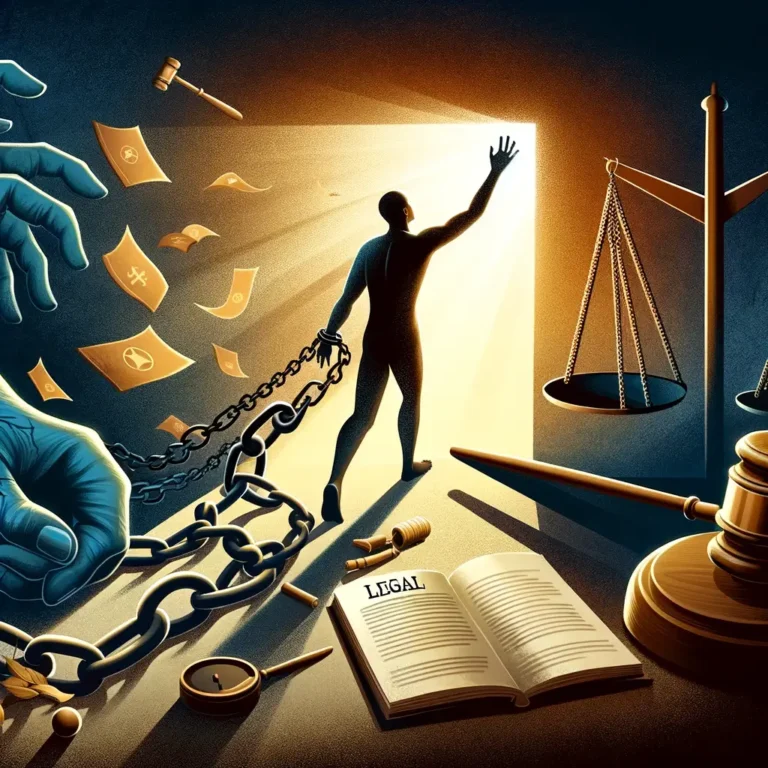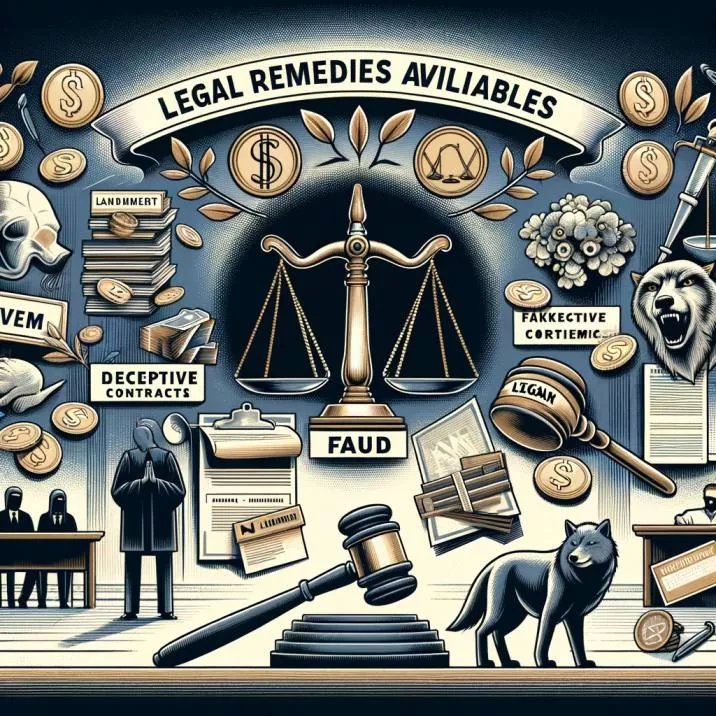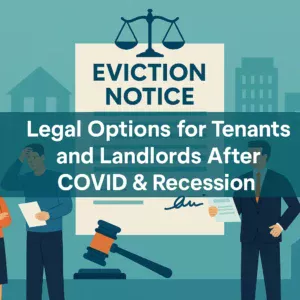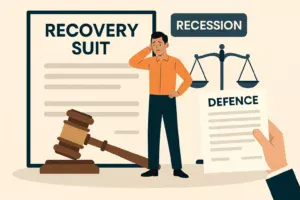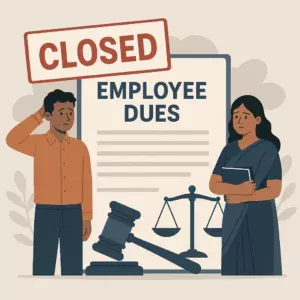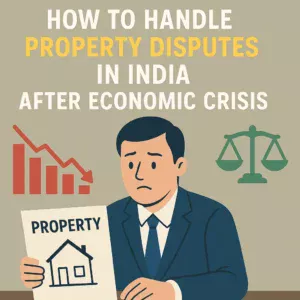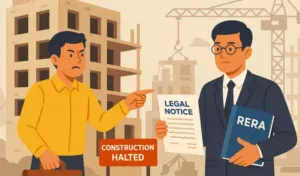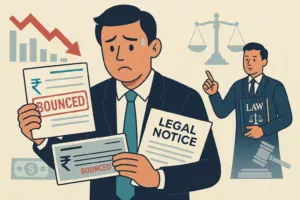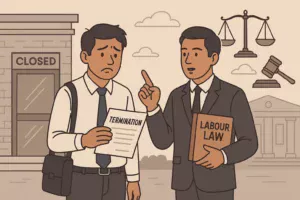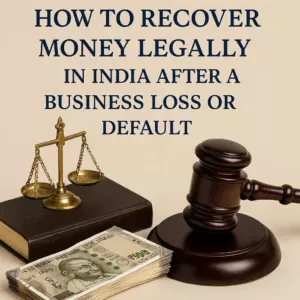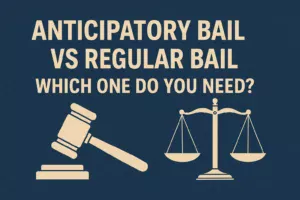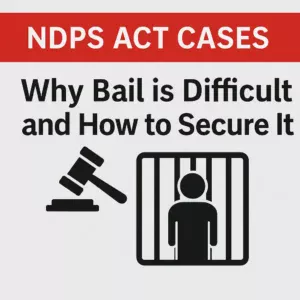In India, getting a restraining order is a legal process that helps protect individuals from threats or harm by preventing the accused person from making any contact with the victim. This guide simplifies the steps involved in obtaining a restraining order, aiming to provide clear and understandable information.
Understanding Restraining Orders
What is a Restraining Order?
A restraining order, also known as a protection order, is a legal document issued by a court to protect an individual from being harassed, threatened, stalked, or physically harmed by another person. It restricts the accused person’s actions towards the victim, ensuring safety and peace of mind.
Types of Restraining Orders
In India, restraining orders can be categorized into temporary and permanent orders, based on the duration and severity of the threat. Temporary orders are quick to obtain and offer immediate protection, while permanent orders require a more detailed legal process.
Procedure For Obtaining A Restraining Order In India
Step 1: Understanding the Need
Before applying for a restraining order, it’s crucial to assess the situation. If you feel threatened or believe that someone may harm you, it’s important to seek legal protection immediately.
Step 2: Gathering Evidence
Collect any evidence that supports your claim. This could include messages, emails, photographs, or witness statements that prove the harassment or threat.
Step 3: Filing a Petition
You need to file a petition at the local magistrate or family court, depending on the nature of the case. The petition should detail the reasons for seeking the order, the type of protection needed, and the evidence collected.
Step 4: Court Hearing
After filing the petition, the court will schedule a hearing. Both the petitioner (the person seeking protection) and the respondent (the accused) will have the opportunity to present their case. It’s advisable to have a lawyer represent you during this process.
Step 5: Issuance of the Order
Based on the evidence and arguments presented, the court will decide whether to issue the restraining order. If granted, the order will specify the restrictions imposed on the respondent.
Important Considerations
Legal Assistance
It’s highly recommended to seek the help of a legal professional when applying for a restraining order. A lawyer can guide you through the process, ensuring that all legal requirements are met and increasing the chances of obtaining the order.
Safety Measures
While the legal process is ongoing, it’s important to take necessary precautions to ensure your safety. This might include changing daily routines, securing your home, or staying in a safe place.
Enforcement of the Order
Once the restraining order is issued, it must be strictly enforced. If the respondent violates the order, they can be arrested and charged with a crime. It’s important to report any violations to the police immediately.
Final Thoughts
Obtaining a restraining order in India is a legal remedy designed to protect individuals from harm. By understanding the procedure and preparing adequately, victims can ensure their safety and peace of mind. Always remember, you’re not alone, and help is available to guide you through this process.
FAQs on Obtaining a Restraining Order in India
1. What is a restraining order?
A restraining order is a legal document issued by a court to prevent one person from harming or threatening another.
2. Who can apply for a restraining order in India?
Any individual who feels threatened, harassed, or in danger from another person can apply for a restraining order.
3. How do I apply for a restraining order?
You need to file a petition in your local magistrate or family court, detailing the harassment or threat and requesting protection.
4. What evidence do I need to obtain a restraining order?
Evidence can include messages, emails, photographs, medical reports, or witness statements that support your claim of being threatened or harassed.
5. How long does it take to get a restraining order?
The time varies, but temporary orders can be issued relatively quickly, sometimes within a few days of filing the petition.
6. How much does it cost to obtain a restraining order?
Costs vary based on legal fees and court costs, but some courts may waive fees for those who cannot afford them.
7. Do I need a lawyer to get a restraining order?
While not mandatory, having a lawyer can significantly improve your chances of successfully obtaining a restraining order.
8. Can a restraining order be issued against a family member?
Yes, restraining orders can be issued against family members if they pose a threat or have harassed the petitioner.
9. What restrictions does a restraining order impose on the accused?
Restrictions can include prohibiting contact with the petitioner, staying away from their home or workplace, and other specific conditions set by the court.
10. Can a minor apply for a restraining order?
Yes, minors can apply for a restraining order, but they may need a guardian or adult to assist with the legal process.
11. What happens if the accused violates the restraining order?
Violating a restraining order is a criminal offense, and the accused can be arrested and face legal penalties.
12. Can a restraining order be modified or lifted?
Yes, either party can request the court to modify or lift the order, but this must be done through a formal legal process.
13. How long does a restraining order last?
The duration varies; temporary orders are short-term, while permanent orders can last several years or indefinitely.
14. Is a restraining order enforceable outside India?
Enforcement outside India depends on the country’s laws where enforcement is sought, but international cooperation can sometimes be arranged.
15. Can I get a restraining order for online harassment?
Yes, restraining orders can cover online harassment, cyberstalking, and other forms of digital threats.
16. What is the difference between a temporary and a permanent restraining order?
Temporary orders provide immediate protection for a short period, while permanent orders are issued after a court hearing and last longer.
17. Do both parties need to be present in court for a restraining order?
Yes, both parties are typically given the opportunity to present their case in court, although emergency orders can be issued without the accused’s presence.
18. Can a restraining order affect the accused’s job?
It can, especially if the order restricts their movements or activities related to their employment.
19. What if I need protection immediately?
You can request a temporary restraining order, which can be granted quickly to provide immediate protection.
20. Can a restraining order cover my children?
Yes, you can request that your children be protected under the same restraining order.
21. How do I prove harassment or threat?
Through evidence such as communications, witness statements, or any documentation that demonstrates the harassment or threat.
22. What if the harassment continues after obtaining the order?
You should report any violations of the restraining order to the police immediately.
23. Can I apply for a restraining order against someone in another state?
Yes, you can apply for a restraining order against someone in another state, but the order needs to be enforced by local authorities in that state.
24. Will the restraining order show up on background checks?
It can, especially in checks conducted for legal or employment purposes.
25. Can I get a restraining order for verbal threats?
Yes, verbal threats can be grounds for obtaining a restraining order if they make you feel unsafe.
26. Is it possible to obtain a restraining order anonymously?
You must provide your identity when applying, but courts can sometimes make accommodations to protect your privacy.
27. What happens during the court hearing for a restraining order?
Both parties present their evidence and arguments, and the judge decides whether to grant the restraining order based on the presented facts.
28. Can the respondent see the evidence I submit?
Yes, as part of the legal process, the respondent typically has the right to see and contest the evidence.
29. What if I can’t afford a lawyer?
You may qualify for legal aid or assistance from non-profit organizations that help victims of harassment or abuse.
30. How can I ensure my safety while the restraining order process is ongoing?
Consider staying with friends or family, changing your routine, and informing local authorities of your situation for additional protection.


